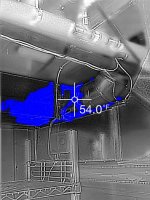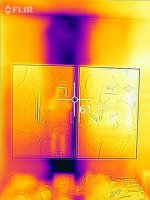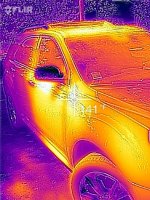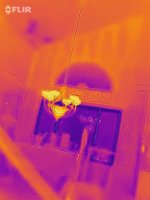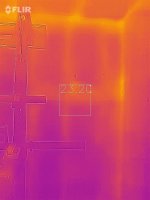Generally speaking, the temp gun will give you a pinpoint temperature reading whereas the thermal imager will give you a temperature reading for every pixel it displays. This makes assessing/capturing a situation as a whole much easier.
A lot of the simple temp guns have a fixed emissivity grade, meaning that they are most accurate when whatever you aim for/ want to measure fits that emissivity grade. If not, your readings are going to be off, they don't have to be dramatically off, but will still be off.
Most thermal imagers can be set to specific emissivity grades you need for the task at hand, that requires you to familiarize yourself with typical emissivity grades for different surfaces/ applications. And when/if necessary to come up with corrective measures. Like a pitch dark black sticker, for example.
The ones I know come with thick manuals and to make the most of a thermal imager, it's reading time first.

Here's a pretty comprehensive list of collected emissivity grades/levels in english:
https://www.transmetra.ch/images/tr.../pyrometrie-thermografie/emissivity_table.pdf
Only one, definitely the imager.
Reality, the classic temp gun sees far more use, since it is less fuss to use and more often than not, I don't need a full image but rather a spot/ small area. And if I would get out the imager when checking the temperature of my salt blocks on the BBQ, my better half would probably eye-roll and vanish back inside the house ...

However, looking at a breaker panel, radiant (floor) heating, insulation, water leaks, (...) the thermal imager is king.
Kind regards,
Oliver

